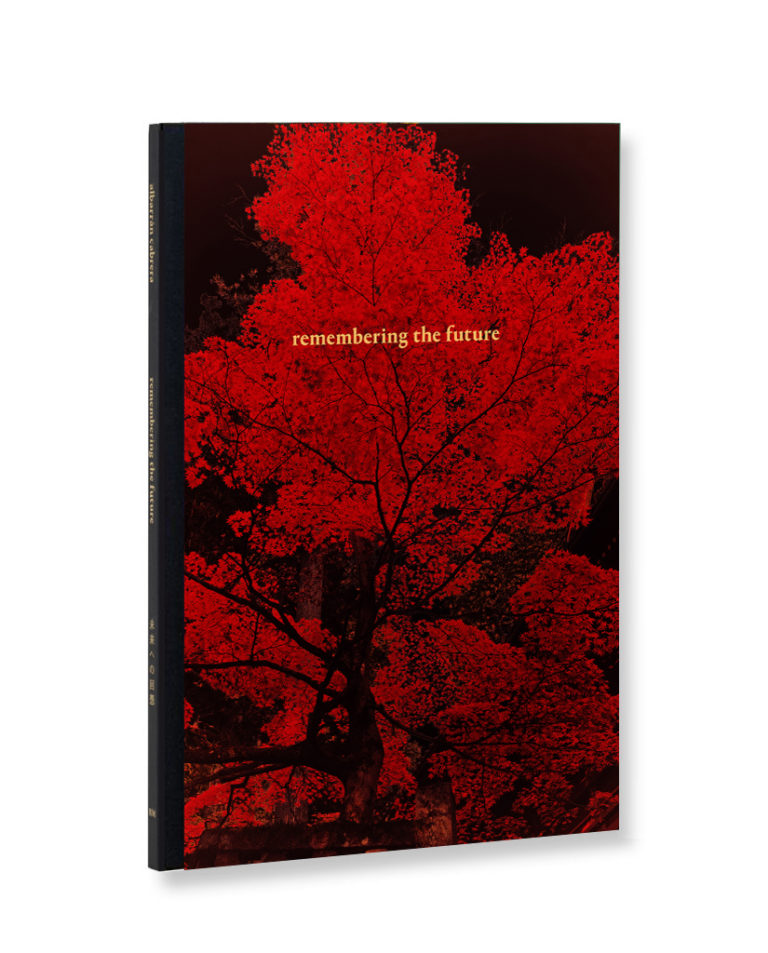Category: Photography, Signed
€35.00
€35.00
€40.00
ISBN: 978-84-17975-36-4-1
ISBN: 978-84-17975-36-4-1
Author: Albarrán Cabrera
Optional: Copy signed by the authors.
Binding: Hardcover
Pages: 96
Size: 20,5 x 26 cm
Language: SPA
Year of publication: 2020
In 1959, Joan Miró referred to his fascination with immobility as an expression of the idea of infinity stating: “Immobility makes me think of the large spaces in which movements occur that don’t stop at a given moment, movements that have no end.It is, as Kant said, the immediate emergence of the infinite in the finite. A pebble, a finite and immobile object, suggests to me not just movement, but endless movement. These become, in my paintings, shapes similar to sparks that arise from the frame as if coming from a volcano”. (1)
Miró was deeply interested in infinite space and how to represent endless movement with minimal and finite elements on the canvas. In order to achieve his purpose, he used small dots or contrasting colours in saturated paintings.
Between 1969 and 1976 he created a set of space paintings, among them is Oiseau dans l’espace (Bird in Space, 1976) which depicts a densely rich white background representing an immense emptiness only broken by a smooth dotted black line and two spark-like dots. Looking at this painting it is possible to see the flight path of a bird. Miró uses a minimal representation of the bird to let our memories and imagination fly, trigger our memories and ‘see’ the infinite in the finite. Following his lead, some of our bird images are merely dots, shadows or metaphors which represent the concept of a bird more vividly than the straightforward image of a genuine fowl would.
In our work, the interpretation of our images is entrusted to the memories of the viewer. Each print encodes a set of personal experiences revolving around the depicted subject, but the final meaning will depend on the viewer’s experiences. Like Miró, the way we create this narrative space and this complicity is a slow and natural process: “I consider my studio as a kitchen garden. Here, there are artichokes. There, potatoes. Leaves must be cut so that the fruit can grow. At the right moment, I must prune. I work like a gardener… Things come slowly… Things follow their natural course. They grow, they ripen. I must graft. I must water… Ripening goes on in my mind. So I’m always working at a great
many things at the same time.” (2)
1. Interview with Yvon Tallandier, in review xxe siècle, January 1959.
2. Op. cit.


